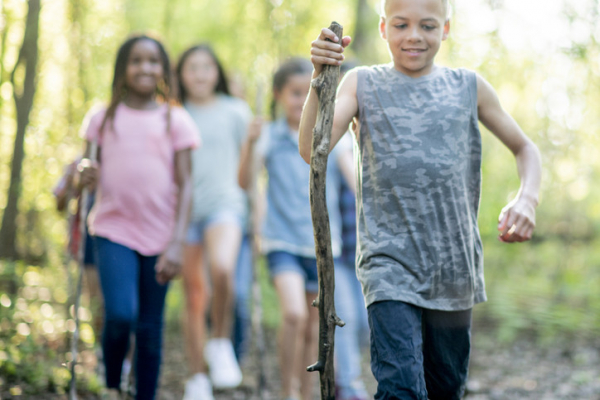
During the pandemic, we have seen many more children and teens go to the emergency room with mental health problems. And there has been a notable rise in eating disorders, particularly among adolescent girls. Eating disorders include a range of unhealthy relationships with food and concerns about weight.
Unfortunately, eating disorders are common. In fact, one in seven men and one in five women experiences an eating disorder by age 40, and in 95% of those cases, the disorder begins by age 25. Many kinds of eating disorders may affect children and teens:
- Anorexia nervosa is an eating disorder characterized by an extreme fear of gaining weight. People with anorexia nervosa often see themselves as overweight when they are at a healthy weight, and even when they are greatly underweight. There are two forms of anorexia nervosa: The restrictive form is when people greatly limit what and how much they eat in order to control their weight. In the binge-purge type, people limit what and how much they eat, but also binge and purge — that is, they will eat a large amount at once and try to get rid of the extra calories through vomiting, laxatives, diuretics, or excessive exercise.
- Bulimia nervosa involves binging and purging but without limiting what and how much a person eats.
- Binge eating disorder is when people binge eat but don’t purge or restrict. This is actually the most common eating disorder in the United States.
- Avoidant restrictive food intake disorder is most common in childhood. The person limits the amount or type of food they eat, but not because they are worried about their weight. For example, someone with inflammatory bowel disease may associate eating with pain and discomfort, and so may avoid eating. Children with sensory issues may find the smell, texture, or taste of certain foods deeply unpleasant, and so will refuse to eat them. This is more than just “picky eating” and can lead to malnutrition.
Misunderstandings about eating disorders
When most people think of eating disorders, they think of someone who is overly thin. However, you can have an eating disorder and have a normal weight, or even be overweight. The most important thing that many people don’t realize about eating disorders is that they are a serious mental health issue and can be very dangerous. They can affect and damage many parts of the body — and can even be lethal. Of all the kinds of eating disorders, anorexia nervosa is the one that is most likely to lead to death.
What parents need to know: Signs of eating disorders
It’s not surprising that eating disorders have been on the rise in children and teens during the pandemic, given the disruption, isolation, and stress — and excessive time on social media — that it has brought. It’s important that parents watch for possible signs that their child or teen could have an eating disorder, including:
- changes in what, when, and how much they eat
- being restrictive or regimented about their eating
- unusual weight fluctuations
- expressing unhappiness with their body or their weight
- exercising much more than usual
- spending a lot of time in the bathroom.
If it even crosses your mind that your child might have an eating disorder, remember that eating disorders are not about choice. Mental health problems such as anxiety and depression play a big role; emotional suffering often underlies eating disorders. And research shows that when you undereat or overeat, it affects the brain processes that control hunger and food intake, reinforcing the eating disorder.
If you have concerns, talk to your child — and talk to your doctor. Even if you are wrong, it may lead to an important conversation about healthy eating and body image that could help prevent a future eating disorder. And if you are right, the sooner your child gets help, the better.


